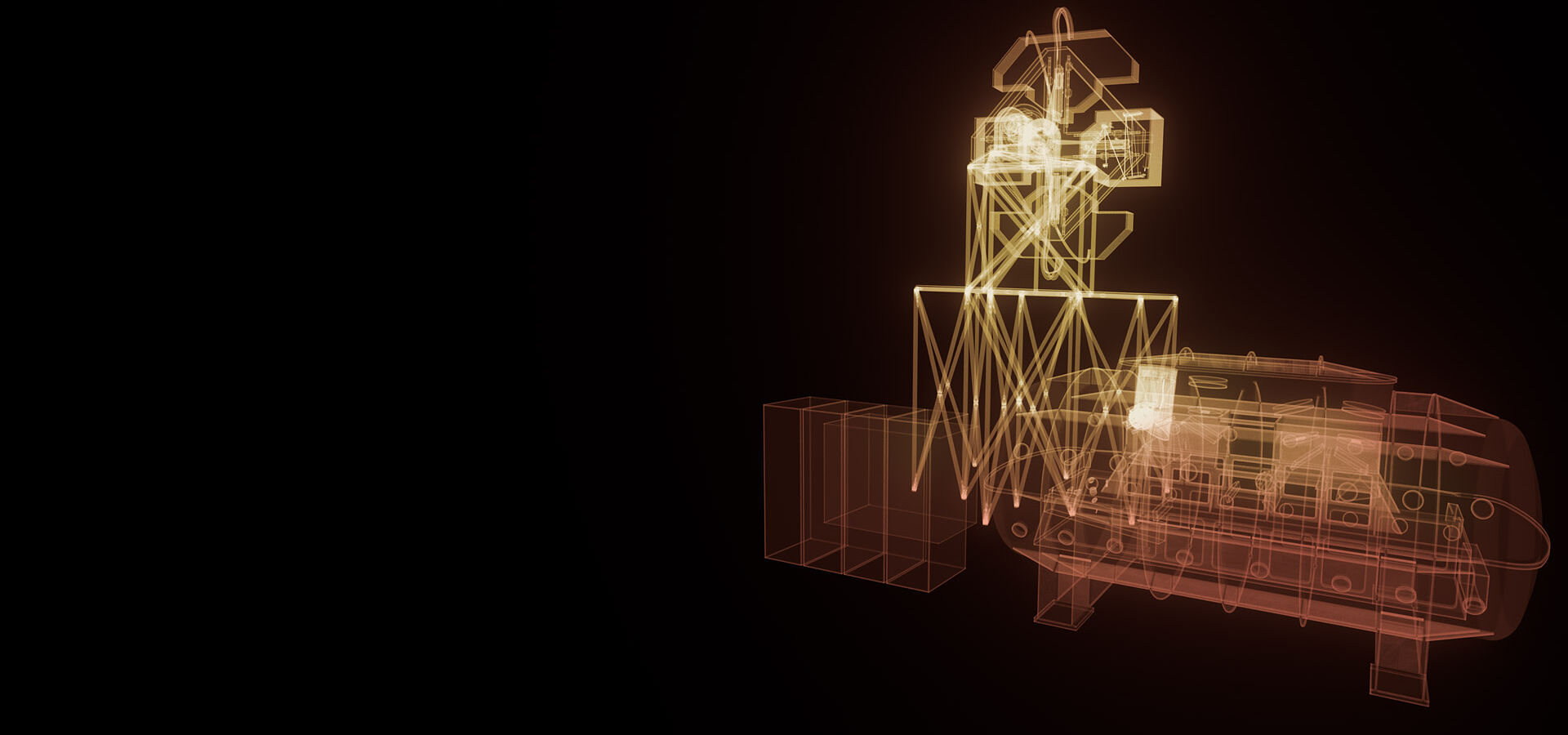
European
Southern
Observatory


The high-resolution ELT instrument ANDES, formerly known as HIRES, will allow astronomers to study astronomical objects that require highly sensitive observations. It will be used to search for signs of life in Earth-like exoplanets, find the first stars born in the Universe, test for possible variations of the fundamental constants of physics, and measure the acceleration of the Universe's expansion.
The high-resolution ELT instrument ANDES, formerly known as HIRES, will allow astronomers to study astronomical objects that require highly sensitive observations. It will be used to search for signs of life in Earth-like exoplanets, find the first stars born in the Universe, test for possible variations of the fundamental constants of physics, and measure the acceleration of the Universe's expansion.
The high-resolution ELT instrument ANDES, formerly known as HIRES, will allow astronomers to study astronomical objects that require highly sensitive observations. It will be used to search for signs of life in Earth-like exoplanets, find the first stars born in the Universe, test for possible variations of the fundamental constants of physics, and measure the acceleration of the Universe's expansion.
As a powerful spectrograph, ANDES will split up light from astronomical targets into all its component wavelengths, enabling astronomers to study a wide range of wavelengths in high-resolution. This second-phase ELT instrument will combine its high resolution and wide spectral range with the huge surface area of the ELT to produce data with exquisite detail and sensitivity.
The high-resolution data collected by the instrument will enable astronomers to research an unprecedented range of topics spanning most areas of astrophysics and even breaking into the domain of fundamental physics. ANDES has the potential to greatly impact our understanding of the cosmos and its fate.
ANDES has a broad range of science cases. Some of its most outstanding scientific goals include characterising the atmosphere of Earth-like exoplanets—with the ultimate goal of detecting signatures of life—identifying the very first generation of stars, studying possible variations in some of the fundamental constants of physics, and directly measuring the acceleration of the Universe's expansion.
Thanks to the ELT's enormous main mirror, ANDES will be able to explore and characterise planets outside of our Solar System. After decades of detecting exoplanets, the focus is now on observing and quantifying their atmospheres; the ultimate goal is to detect signatures of life. The unprecedented capabilities of ANDES will enable astronomers to investigate the chemical composition, layers, and weather in the atmospheres of many different types of exo-planets, from Neptune-like to Earth-like, including those in stars' habitable zones. ANDES will also be able to observe forming protoplanets and their impact on the natal protoplanetary disc.
Moving much further from Earth, ANDES is likely to be the first instrument to unambiguously detect the fingerprints of the first generation of stars (“population III” stars) that lit up the primordial Universe. This will be achieved by measuring the relative abundance of various chemical elements in the intergalactic medium in the early Universe and by detecting the chemical enrichment pattern typical of the first supernova explosions.
Beyond astronomy, ANDES will reach into the territory of fundamental physics. It will help astronomers determine whether some of the fundamental constants of physics, which regulate most physical processes in the Universe, could actually change with time or space. In particular, ANDES will provide the most accurate tests of the fine-structure constant and the electron-to-proton mass ratio. Furthermore, ANDES will be used to directly measure the acceleration of the Universe’s expansion; such a measurement would greatly impact our understanding of the Universe and its fate.
The ANDES baseline design is that of a modular fibre-fed cross dispersed echelle spectrograph which has two ultra-stable spectral arms, visual and near-infrared, providing a simultaneous spectral range of 0.4 -1.8 μm at a spectral resolving power of R~100,000 for a single object. ANDES will also include an IFU mode fed by a single-conjugate adaptive optics (SCAO) module to correct for the blurring effect of turbulence in the atmosphere.
ANDES will separate light from the ELT mirrors into two-wavelength channels using dichroic filters. Each wavelength channel interfaces with several fibre bundles that feed the corresponding spectrograph module (visual and near-infrared). Each fibre-bundle corresponds to an observing mode. All spectrometer modules have a fixed configuration, i.e. no moving parts. They include a series of parallel entrance slits consisting of linear micro-lense arrays each glued to the fibre bundles.
Wavelength
0.40—1.80 μm (baseline), 0.35—2.40 μm (goal)
Spectral resolution
100,000
Wavelength precision
1 m/s (baseline), 0.1 m/s (goal)
Wavelength calibration stability
1 m/s over 24 hours (baseline), 0.02 m/s over 10 years (goal)
Tool to predict the exposure time needed to study an object with the instrument, for set environmental conditions
Description of the scientific motivations for the instrument
Description of the characteristics of the instrument required by the science case
The ANDES project is developed by an International Consortium composed by Research Institutes of 13 Countries. Brazil: Board of Stellar Observational Astronomy, Universidade Federal do Rio Grande do Norte. Canada: Observatoire du Mont-Mégantic and the Trottier Institute for Research on Exoplanets, Université de Montréal. Denmark: Instrument Centre for Danish Astrophysics on behalf of Niels Bohr Institute, Aarhus University, Danmarks Tekniske Universitet. France: Centre National de la Recherche Scientifique (CNRS) on behalf of Observatoire de la Côte d’Azur, Université Côte d’Azur (LAGRANGE), Laboratoire d’Astrophysique de Marseille, Aix-Marseille Université, Centre National d’Etudes Spatiales (LAM), Institut de Recherche en Astrophysique et Planetologie, Université Toulouse III-Paul Sabatier (IRAP), Institut de Planétologie et d’Astrophysique de Grenoble, Université Grenoble-Alpes (IPAG), Laboratoire Univers et Particules de Montpellier, Université de Montpellier (LUPM), Institut d’Astrophysique de Paris, Sorbonne Université (IAP), Laboratoire de Météorologie Dynamique, Ecole Normale Supérieure, Ecole Polytechnique, Sorbonne Université (LMD). Germany: Leibniz-Institut für Astrophysik Potsdam (AIP), Institut für Astrophysik und Geophysik, Georg-August-Universität Göttingen (IAG), Atmospheric Physics of Exoplanets Department, Max-Planck-Institut für Astronomie Heidelberg (MPIA), Zentrum für Astronomie, Universität Heidelberg (ZAH), Thüringer Landessternwarte Tautenburg (TLS), Hamburger Sternwarte, Universität Hamburg (UHH). Italy: INAF, Istituto Nazionale di Astrofisica (Lead Technical Institute). Poland: Nicolaus Copernicus University in Torun. Portugal: Instituto de Astrofísica e Ciências do Espaço (IA) at Centro de Investigaço em Astronomia/Astrofísica da Universidade do Porto (CAUP), Instituto de Astrofísica e Ciências do Espaço at Faculdade de Ciências da Universidade de Lisboa, Associação para a Investigação e Desenvolvimento de Ciências (FCiências.ID). Spain: Instituto de Astrofísica de Canarias (IAC); Consejo Superior de Investigaciones Científicas (CSIC, Spain) on behalf of Instituto de Astrofísica de Andalucía (IAA), Centro de Astrobiología de Madrid (CSIC-INTA). Sweden: Lund University, Stockholm University, Uppsala University. Switzerland: Département d’Astronomie, Université de Genève; Weltraumforschung und Planetologie, Physikalisches Institut, Universität Bern. United Kingdom: Science and Technology Facilities Council, United Kingdom Research and Innovation on behalf of Cavendish Laboratory & Institute of Astronomy, University of Cambridge; UK Astronomy Technology Centre; Institute of Photonics and Quantum Sciences, Heriot-Watt University. USA: Department of Astronomy, University of Michigan.
Principal Investigator
Alessandro Marconi (University of Florence, Italy)
Project Scientist
Roberto Maiolino (University of Cambridge, UK)
Project Manager
Paolo Di Marcantonio (INAF Trieste, Italy)
ESO Project Engineer
ESO Project Scientist
ESO Project Manager
We use cookies that are essential for accessing our websites and using our services. We also use cookies to analyse, measure and improve our websites’ performance, to enable content sharing via social media and to display media content hosted on third-party platforms.
The European Organisation for Astronomical Research in the Southern Hemisphere (ESO) is the pre-eminent intergovernmental science and technology organisation in astronomy. It carries out an ambitious programme focused on the design, construction and operation of powerful ground-based observing facilities for astronomy.
This Cookies Policy is intended to provide clarity by outlining the cookies used on the ESO public websites, their functions, the options you have for controlling them, and the ways you can contact us for additional details.
Cookies are small pieces of data stored on your device by websites you visit. They serve various purposes, such as remembering login credentials and preferences and enhance your browsing experience.
Essential cookies (always active): These cookies are strictly necessary for the proper functioning of our website. Without these cookies, the website cannot operate correctly, and certain services, such as logging in or accessing secure areas, may not be available; because they are essential for the website’s operation, they cannot be disabled.
Functional Cookies: These cookies enhance your browsing experience by enabling additional features and personalization, such as remembering your preferences and settings. While not strictly necessary for the website to function, they improve usability and convenience; these cookies are only placed if you provide your consent.
Analytics cookies: These cookies collect information about how visitors interact with our website, such as which pages are visited most often and how users navigate the site. This data helps us improve website performance, optimize content, and enhance the user experience; these cookies are only placed if you provide your consent. We use the following analytics cookies.
Matomo Cookies:
This website uses Matomo (formerly Piwik), an open source software which enables the statistical analysis of website visits. Matomo uses cookies (text files) which are saved on your computer and which allow us to analyze how you use our website. The website user information generated by the cookies will only be saved on the servers of our IT Department. We use this information to analyze www.eso.org visits and to prepare reports on website activities. These data will not be disclosed to third parties.
On behalf of ESO, Matomo will use this information for the purpose of evaluating your use of the website, compiling reports on website activity and providing other services relating to website activity and internet usage.
Matomo cookies settings:
Additional Third-party cookies on ESO websites: some of our pages display content from external providers, e.g. YouTube.
Such third-party services are outside of ESO control and may, at any time, change their terms of service, use of cookies, etc.
YouTube: Some videos on the ESO website are embedded from ESO’s official YouTube channel. We have enabled YouTube’s privacy-enhanced mode, meaning that no cookies are set unless the user actively clicks on the video to play it. Additionally, in this mode, YouTube does not store any personally identifiable cookie data for embedded video playbacks. For more details, please refer to YouTube’s embedding videos information page.
Cookies can also be classified based on the following elements.
Regarding the domain, there are:
As for their duration, cookies can be:
Cookie settings: You can modify your cookie choices for the ESO webpages at any time by clicking on the link Cookie settings at the bottom of any page.
In your browser: If you wish to delete cookies or instruct your browser to delete or block cookies by default, please visit the help pages of your browser:
Please be aware that if you delete or decline cookies, certain functionalities of our website may be not be available and your browsing experience may be affected.
You can set most browsers to prevent any cookies being placed on your device, but you may then have to manually adjust some preferences every time you visit a site/page. And some services and functionalities may not work properly at all (e.g. profile logging-in, shop check out).
The ESO Cookies Policy may be subject to future updates, which will be made available on this page.
For any queries related to cookies, please contact: pdprATesoDOTorg.
As ESO public webpages are managed by our Department of Communication, your questions will be dealt with the support of the said Department.